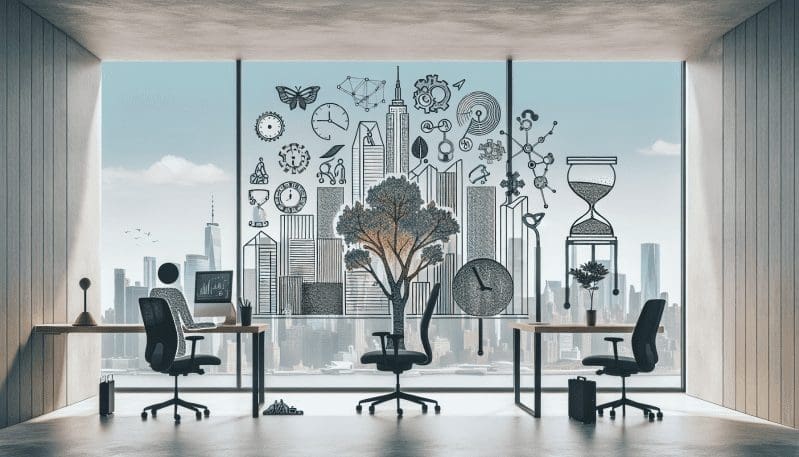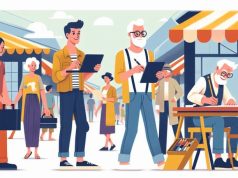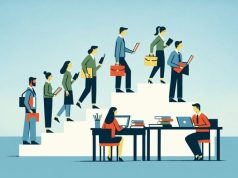In the bustling cityscape of New York, companies are at the vanguard of a significant workplace revolution. As the pulse of this vibrant metropolis beats to the rhythm of diversity and innovation, a quiet yet impactful change is unfolding within its office spaces and work cultures. The aging workforce—a testament to experience and expertise—steadily reshapes the contours of work environments that were once the exclusive domain of the young and sprightly. The significance of adapting these environments has never been more pronounced, and in this dialogue of transformation, The Work Times stands as a beacon of enlightenment for the New York Times’ discerning demography.
Why, though, is there a pressing need to create adaptable work environments for the aging workforce? The reasons are manifold, and they speak volumes about our evolving work ethos. An aging worker brings a wealth of knowledge, a repository of corporate memory, and a stabilizing influence amidst the whirlwind of market flux. Their longevity in the work sphere and their sustained productivity hinge on how well we, as a corporate collective, respond to their evolving needs.
Ergonomic designs, for example, are no mere buzzwords in the lexicon of modern workspace planning. They are the bedrock upon which age-friendly environments are built. Desks that adjust to one’s height, chairs that provide lumbar support, and workstations that accommodate reduced mobility—all are testament to a design philosophy that embraces inclusivity. By reducing strain and preventing injury, ergonomic workspaces champion the cause of an age-diverse workforce and epitomize the convergence of comfort with productivity.
Flexibility in work schedules is another cornerstone in supporting an aging workforce. The conventional nine-to-five grind, once a hallmark of the corporate world, now yields to more fluid arrangements. Part-time roles, telecommuting options, and phased retirement plans reflect a growing understanding that the value of an older employee cannot be quantified solely by hours at a desk. These arrangements speak to a desire for balance—a recognition that productivity thrives not in rigid confines, but in an environment that respects individual rhythms and life stages.
Age-friendly workplace policies serve as the blueprint for an inclusive work culture. From continuous learning opportunities and career development programs tailored to senior employees, to anti-ageism workshops aimed at dismantling biases, these policies are reshaping the corporate ethos. They signal to older workers that their contributions are not only valued but vital to the organization’s success.
As we evaluate how New York-based companies are reinventing their workspaces and work culture, we see a mosaic of initiatives aimed at retaining expertise and loyalty. Companies are offering health and wellness programs that address age-specific concerns, while social engagement activities are fostering cross-generational collaboration. The impact of these changes on overall workplace dynamics is palpable; there’s a newfound vibrancy in offices where the wisdom of years interplays with the exuberance of youth.
In conclusion, adapting work environments to accommodate an aging workforce is more than a mandate of modernity—it is a celebration of the diverse spectrum of human potential. As New York’s companies continue to lead by example, they lay down the gauntlet for others to follow suit. To remain at the forefront of change, we must never lose sight of the most valuable asset at our disposal: the collective expertise and dynamic spirit of an age-diverse team.
Let’s embrace this challenge, not as a nod to trend or a concession to time, but as a lasting commitment to a future where every worker finds their place—a future shaped by adaptability, inclusivity, and unwavering respect for the indelible mark of experience.




























